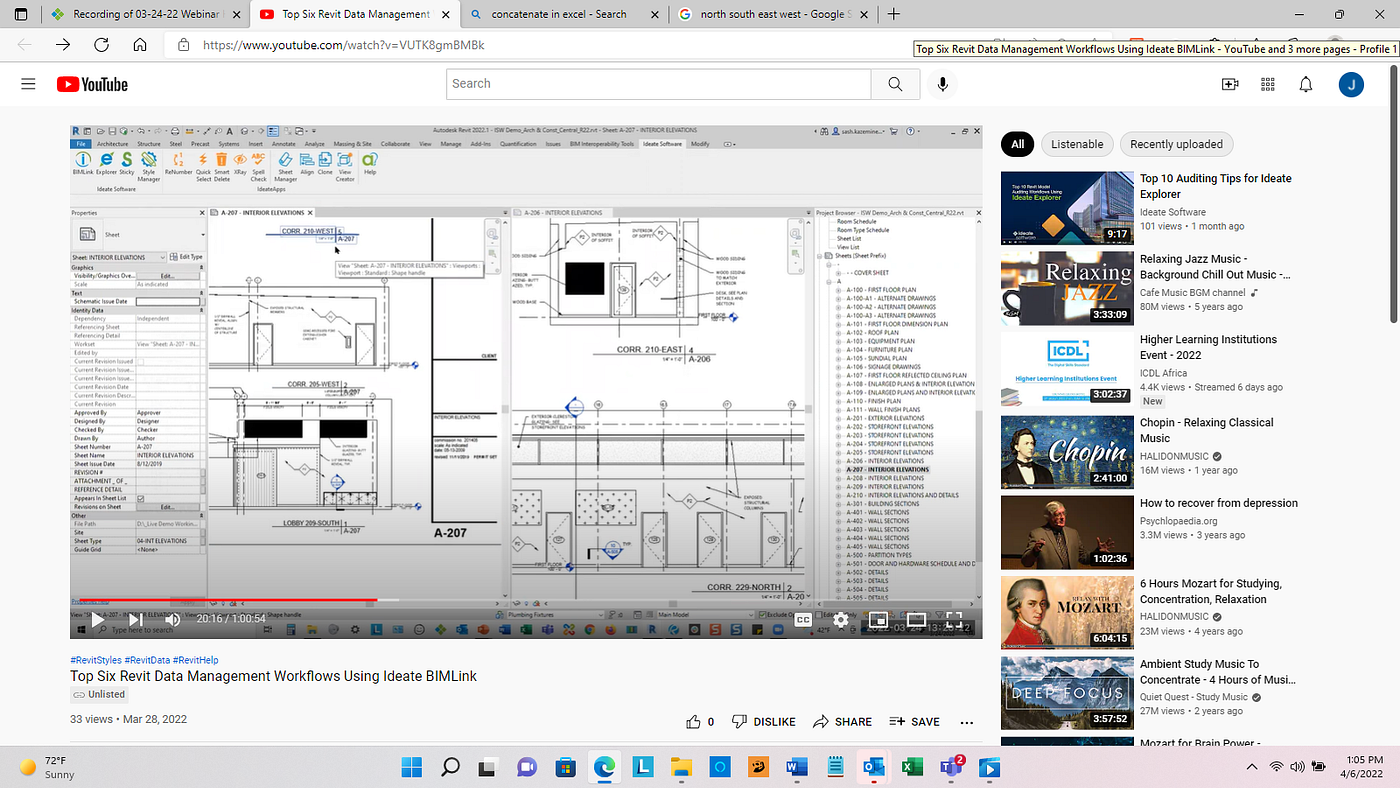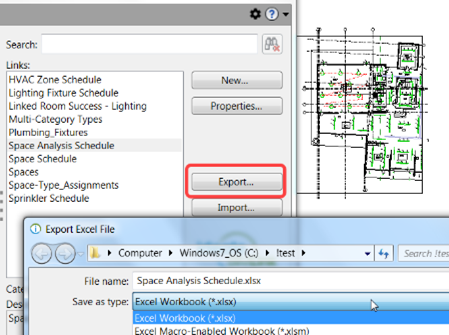Revit Add Ins: Increasing Your Design Abilities
Wiki Article
Revit Accelerator: Excel Assimilation Methods for Enhancing Productivity and Cooperation
Are you aiming to enhance your productivity and collaboration while making use of Revit? Look no additional! In this write-up, we will certainly explore the benefits of integrating Excel into your Revit operations. Discover how you can simplify your procedures, optimize partnership, and also learn innovative methods for increasing efficiency. And also, we will certainly share finest techniques for flawlessly integrating Excel right into your Revit jobs. Prepare to supercharge your Revit experience with our Revit Accelerator: Excel Integration Techniques!Benefits of Excel Assimilation in Revit
The advantages of Excel integration in Revit are many and can considerably boost efficiency and cooperation. By effortlessly linking these two powerful tools, you can simplify your process and save valuable time. With Excel integration, you can conveniently import and export data in between Revit and Excel, permitting you to utilize the strengths of both programs.
An additional benefit of Excel integration is the capacity to create dynamic schedules and reports. By linking your Revit model to an Excel spreadsheet, any kind of changes made in Revit will instantly update in the matching Excel file. This makes it easy to generate current schedules, quantity departures, and other job documents.
Excel combination in Revit additionally makes it possible for better partnership among staff member. With the capability to import and export information, you can quickly share info with coworkers who may not have accessibility to Revit. This advertises efficient interaction and permits much better control and decision-making.
Enhancing Workflows With Revit and Excel
Enhancing operations with Revit and Excel can significantly enhance efficiency and collaboration. By integrating these two effective tools, you can optimize your layout procedure and improve communication within your team. With Revit, you can develop 3D models and create in-depth architectural and engineering documents. When it comes to data monitoring and evaluation, Excel is the go-to software program. By combining the abilities of Revit and Excel, you can flawlessly move information in between the 2 applications, removing the demand for manual data entrance and decreasing the risk of mistakes.
Utilizing Revit and Excel with each other allows you to utilize the staminas of each program - revit tools. You can export data from Revit right into Excel, where you can carry out intricate estimations, produce graphes and charts, and analyze the information in a more organized and efficient way. On the various other hand, you can import information from Excel right into Revit, enabling you to swiftly upgrade your designs and documents based upon adjustments made in Excel
The integration of Revit and Excel likewise promotes collaboration among staff member. By sharing Excel data, you can quickly connect and work together on layout and construction-related data. This enhances control and makes certain that everybody is collaborating with one of the most up-to-date info.
Making Best Use Of Partnership With Excel and Revit
To make the most of collaboration with Excel and Revit, you can perfectly upgrade and share design and construction-related data with your group. By integrating Excel with Revit, you can eliminate the need for manual information entry and lower the danger of errors. With simply a couple of clicks, you can import Excel spreadsheets into your Revit design, permitting you to easily gain access to and control the data. This integration enables you to work together much more efficiently with your group, as everybody can work with the exact same data in real-time.Among the vital advantages of making use of Master conjunction with Revit is the capability to update information in both programs concurrently. Any adjustments made in Excel will instantly be shown in i thought about this Revit, and vice versa. This guarantees that everyone is functioning with one of the most updated information, preventing confusion and saving useful time.
In addition, Excel provides effective devices for evaluating and organizing information, which can substantially boost your cooperation efforts. You can develop custom-made records and graphes in Excel, aiding you to envision and connect crucial job details effectively. This can be especially beneficial when providing information to stakeholders or making informed decisions based upon project metrics.
Advanced Strategies for Increasing Productivity in Revit Using Excel
By using advanced strategies in Revit, you can significantly increase your productivity by leveraging the power of Excel. Among the key techniques for boosting performance is by utilizing Excel as an information monitoring tool. With Revit's Excel assimilation function, you can connect Excel spread sheets directly to your Revit design, permitting you to easily take care of and update information. This combination enables you to create timetables, calculate quantities, and carry out data analysis efficiently.
In addition, you can make use of Excel macros to automate repetitive tasks in Revit (import excel into revit). Macros permit you to tape a series of actions and play them back with a single click, saving you time and initiative. For instance, you can develop a Visit Your URL macro to instantly create space timetables or update parameter worths wholesale.
Finest Practices for Excel Combination in Revit
Utilizing Excel as a data administration device in Revit enables reliable management and upgrading of data. By integrating Excel into your Revit workflow, you can simplify your processes and improve efficiency. One of the most effective techniques for Excel assimilation in Revit is to create a clear and organized information framework. This click this implies developing your Excel spreadsheets with columns and rows that straighten with the parameters and groups in your Revit job. By doing so, you can conveniently import and export data between Revit and Excel with no complication. Another finest practice is to utilize formulas and features in Excel to automate estimations and information adjustment. This can conserve you time and ensure precision in your information administration. Additionally, it is essential to regularly upgrade your Excel spreadsheets and sync them with your Revit project. By doing this, any type of modifications made in Revit will certainly be reflected in your Excel files, and vice versa. By complying with these finest methods, you can efficiently utilize Excel as an information management device in Revit and boost your efficiency and cooperation.Verdict
In conclusion, incorporating Excel with Revit can substantially improve performance and collaboration in the layout process. By leveraging the power of Excel, Revit customers can accomplish higher levels of efficiency and collaboration in their projects.With Excel assimilation, you can conveniently import and export information between Revit and Excel, enabling you to utilize the staminas of both programs.
One of the key advantages of Excel combination is the capacity to utilize Excel formulas and functions within Revit. By linking your Revit design to an Excel spreadsheet, any type of changes made in Revit will automatically update in the equivalent Excel file. On the other hand, you can import data from Excel right into Revit, allowing you to rapidly update your models and documents based on modifications made in Excel.
With Revit's Excel combination function, you can link Excel spread sheets straight to your Revit design, allowing you to easily take care of and update information.
Report this wiki page